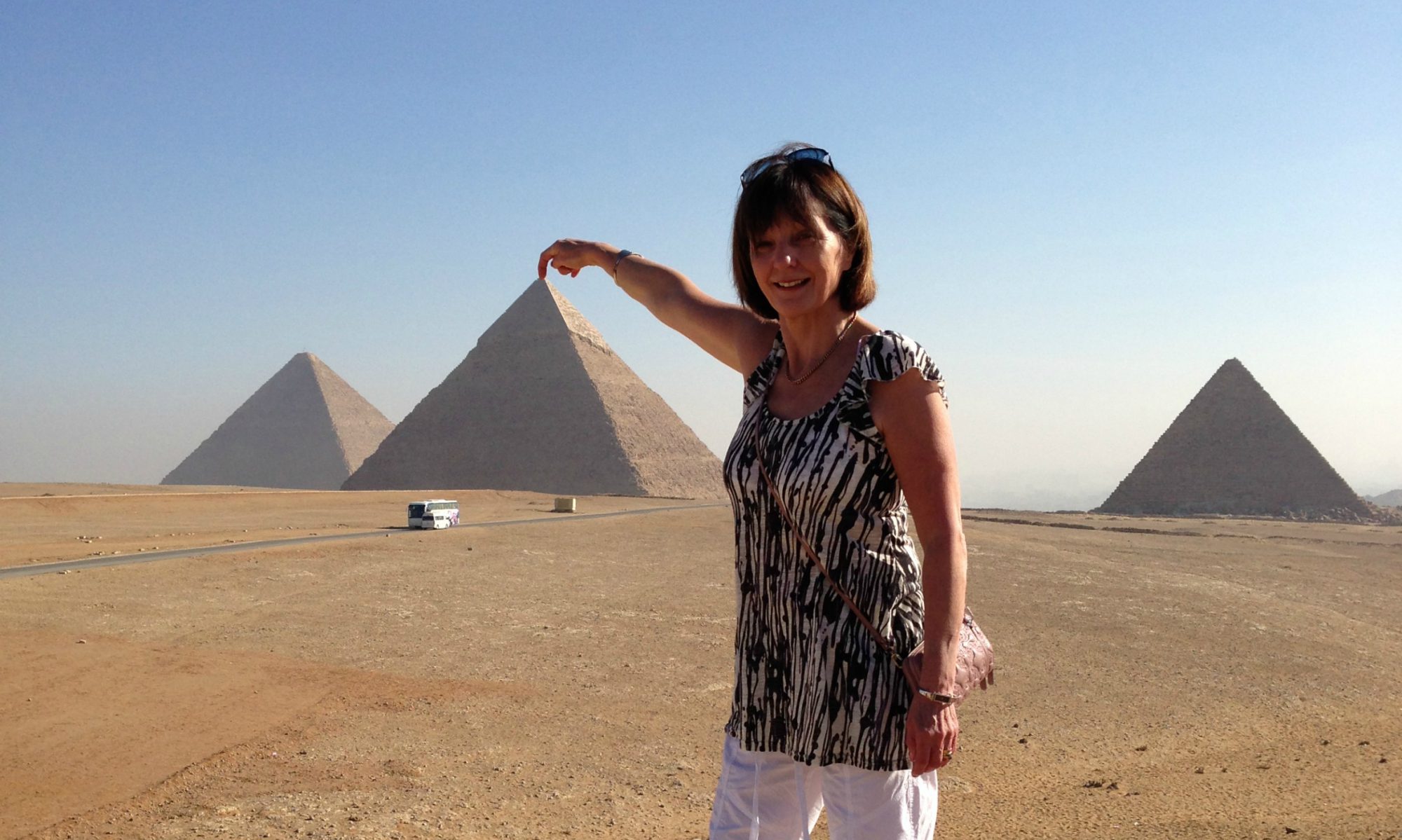 Yesterday I was reading the excellent Observer On Sunday and they have an interesting section each week called “On My Radar” where they ask arts personalities their suggestions for “Art”, “Restaurant”, Ehibitions”, “Music” and “Book”. It’s interesting to read about other peoples interests and recommendations. I particularly enjoy the music and book recommendations. This week it was the recommendations of Simon McBurney who is the artistic director of Complicite, the theatre company.
Yesterday I was reading the excellent Observer On Sunday and they have an interesting section each week called “On My Radar” where they ask arts personalities their suggestions for “Art”, “Restaurant”, Ehibitions”, “Music” and “Book”. It’s interesting to read about other peoples interests and recommendations. I particularly enjoy the music and book recommendations. This week it was the recommendations of Simon McBurney who is the artistic director of Complicite, the theatre company.
What caught my eye was his “Exhibition” recommendation for the “British Museum: Journey Through The Afterlife” that we’ve been recommending ourselves here on the Nile Cruise Blog. What appear to fascinate him are the “Fayum Portraits“, otherwise known as the “mummy portraits” which are portraits of the Egyptian dead going into the afterlife, painted while the people were still alive.Â
Wikipedia gives this explanation of “Fayum Portraits“:
“Mummy portraits or Fayum mummy portraits (also Faiyum mummy portraits) is the modern term given to a type of realistic painted portraits on wooden boards attached to mummies from the Coptic period. They belong to the tradition of panel painting, one of the most highly regarded forms of art in the Classical world. In fact, the Fayum portraits are the only large body of art from that tradition to have survived.
Mummy portraits have been found across Egypt, but are most common in the Faiyum Basin, particularly from Hawara and Antinoopolis, hence the common name. “Faiyum Portraits” is generally thought of as a stylistic, rather than a geographic, description. While painted Cartonnage mummy cases date back to pharaonic times, the Faiyum mummy portraits were an innovation dating to the Coptic period on time of the Roman occupation of Egypt.
They date to the Roman period, from the late 1st century BC or the early 1st century AD onwards. It is not clear when their production ended, but recent research suggests the middle of the 3rd century. They are among the largest groups among the very few survivors of the highly prestigious panel painting tradition of the classical world, which was continued into Byzantine and Western traditions in the post-classical world, including the local tradition of Coptic iconography in Egypt.
The portraits covered the faces of bodies that were mummified for burial. Extant examples indicate that they were mounted into the bands of cloth that were used to wrap the bodies. Almost all have now been detached from the mummies. Â They usually depict a single person, showing the head, or head and upper chest, viewed frontally. In terms of artistic tradition, the images clearly derive more from Graeco-Roman traditions than Egyptian ones.
Two groups of portraits can be distinguished by technique: one of encaustic (wax) paintings, the other in tempera. The former are usually of higher quality.
About 900 mummy portraits are known at present. The majority were found in the necropoleis of Faiyum. Due to the hot dry Egyptian climate, the paintings are frequently very well preserved, often retaining their brilliant colours seemingly unfaded by time”.
The British Museum exhibition really does seem a treasure-trove for anyone interested in Ancient Egypt and would be well worth anyone intending to take a Nile Cruise in the near future.
